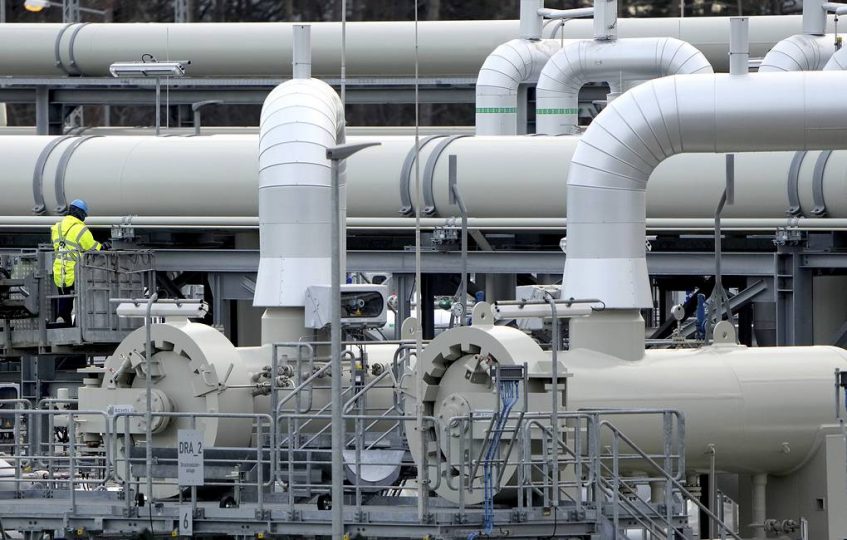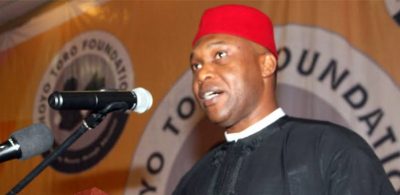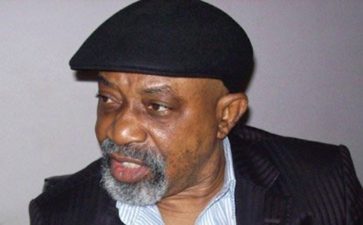The implementation of the project on supply of electricity from Russia to Kyrgyzstan via Kazakh territory will represent an example of successful economic integration within the framework of the Eurasian Economic Union (EAEU), Spokeswoman of the Eurasian Economic Commission (EEC) Iya Malkina told a press conference in Bishkek on Friday when commenting on the results of the first Eurasian Economic Forum that took place in the Kyrgyz capital on May 26.
“The possibility to organize a flow of energy from Siberia to Kyrgyzstan and Kazakhstan will become one of the elements of efficient use of integration,” she said, adding that the project will enable Bishkek “to smooth all problems” present in its energy sector.
The proposal announced by Russian Energy Minister Nikolay Shulginov on the necessity to construct new gas pipelines and expand the existing ones for increasing energy supplies to Southern Asia deserves to be particularly highlighted, according to Malkina.
Shulginov said at the forum on Thursday that the Eurasian Economic Union (EAEU) member states had started discussing the possibility of constructing an energy corridor (direct current transmission line) from Russia’s Siberia to Kyrgyzstan via Kazakh territory, adding that the project had been submitted for the coordination council.
Armenia, Belarus, Kazakhstan, Kyrgyzstan and Russia plan to form a common electricity market of the Eurasian Economic Union through integration of national power markets by January 1, 2025. One of the conditions of such a process is the balance of economic interests of producers and consumers observed.
Each EAEU participant currently forms its energy balance independently relying on its domestic needs. After moving to the common market, the systems will be able to operate complementing each other.




